About 66 million years ago, the dinosaurs, which once ruled the earth for 200 million years, suddenly became extinct; the current authoritative explanation is that an extraterrestrial asteroid hit the earth, causing dust to cover the sky and acid rain to cover the earth, cutting off the food source of the dinosaurs and many animals and plants. Extinct. This "dinosaur killer" is called the Chicxulub meteorite.
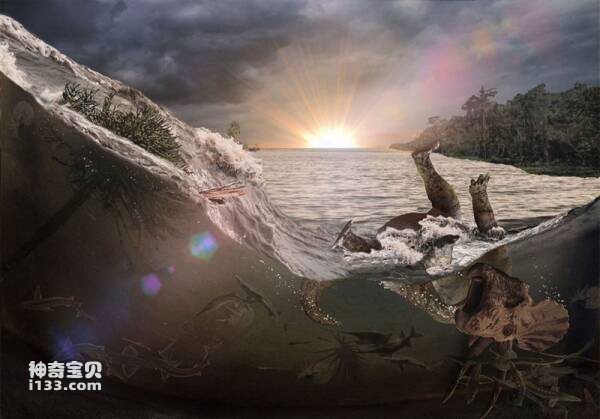
For many years, the scientific community has been studying the extinction of dinosaurs without stopping. The time and place when the "killer" meteorite hit the earth was crucial to the extinction of the dinosaurs. This has been argued a lot in recent years, and a latest research result claims to have filled an important gap in the puzzle of the extinction of the dinosaurs.
The latest research by Gareth Collins, a professor at Imperial College London, shows that the angle of the meteorite impact is also crucial - if the angle increases or decreases, it will not necessarily lead to the extinction of the dinosaurs.
"Obviously, the geology of where this happened and the angle of impact created a perfect storm," he told BBC science correspondent Jonathan Amos.
Research shows that within a few hours after the Chicxulub meteorite hit the earth, various prehistoric forces shook the world. Dinosaurs and 75% of other living creatures on the earth were completely wiped out, changing the appearance and destiny of the earth.
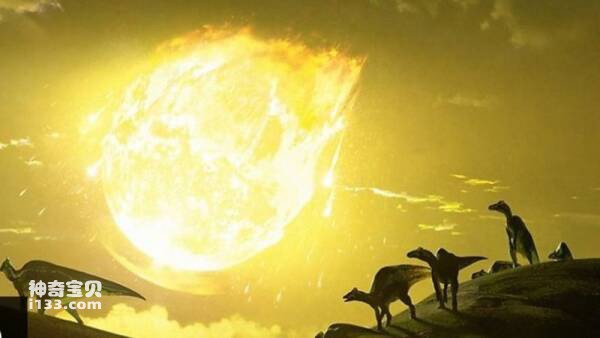
Impression: Dinosaurs and meteorites
The impact of a meteorite on the earth is not enough to completely wipe out the dinosaurs from the earth. The location, time and angle of the impact are all indispensable.
In the BBC documentary "The Day The Dinosaurs Died", a scientific research team led by Professors Jo Morgan and Sean Gulick explained in detail the Chicxulub crater in the Gulf of Mexico. Crater) core fragments, it was found that the location and timing of the meteorite impact were very coincidental.
If the time and place conditions are not met, it may not be enough to cause extinction harm to so many dinosaur species.
Because the meteorite hit the Gulf of Mexico, the rock formations melted, and the sulfide in the limestone was ejected into the air, blocking the sky and the sun, and finally forming a long cold winter that enveloped the earth.
They say that if the asteroid had hit in the Pacific or Atlantic Ocean, there would not have been as much evaporation and sulfide in the rock formations, sunlight would still have reached the surface, and dinosaurs and other creatures would still have been possible to survive.
Professor Collins's research shows that the angle at which the meteorite struck the Earth was an important reason for the long-term environmental disaster that followed; only a very small number of species survived to the end.
He said: "In the case of an impact of 45 to 60 degrees, the degree of vaporization of rock debris is extremely high, and the molten magma is violently ejected high into the atmosphere and enters the atmosphere, causing major and long-term climate changes.
"If the angle of impact was smaller or larger, the amount of these materials entering the atmosphere would be significantly reduced."
Scientists believe that the meteorite hit the earth at the most "deadly" angle and was the most destructive (English video)
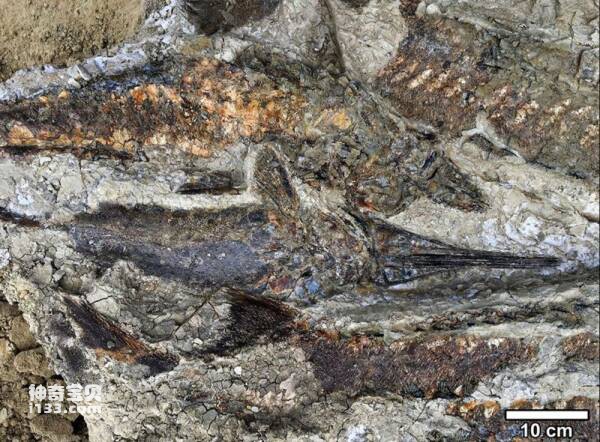
There are layers upon layers of fossilized fish. Perhaps, the huge shock wave caused the lake to roar, and the fish in the water, carrying their gills full of lava particles, were thrown ashore by the huge waves and piled up in a pile.
The Chicxulub meteorite is 12 kilometers in diameter. When it hugged the Earth, billions of tons of liquefied and vaporized rock spewed out, covering the sky and the earth, covering thousands of kilometers in radius with a layer of magma.
Researchers believe that the impact of the meteorite impact is equivalent to a magnitude 10 or 11 earthquake shock wave, which spreads around the world and triggers lake tsunamis. Lake waves are similar to tsunamis. Huge waves roll in. Everything in the lake is carried up to the sky and falls to the ground by the waves, and finally becomes a group of fossils.
In 2019, California geologist Walter Alvarez and his father Luis Alvarez published research results on these fossils in the PNAS journal with other colleagues, proposing that the Mexican sky The pit is likely where the Dinosaur Terminator landed.
Professor Alvarez said: "When we proposed the hypothesis of the mass extinction of the dinosaurs, we were based only on the discovery of abnormal accumulations of iridium, which were the fingerprints of comets or asteroids. Since then, the evidence has accumulated. However, It was completely unexpected to find such a death scene."
Another co-author of the research report, Phil Manning of the University of Manchester, believes that the place where the Tanis fossils were unearthed is a place to solve the mystery of the end of the dinosaurs and is one of the most important scientific research sites in the world. .
The Chicxulub meteorite: a collision that changed the fate of the Earth
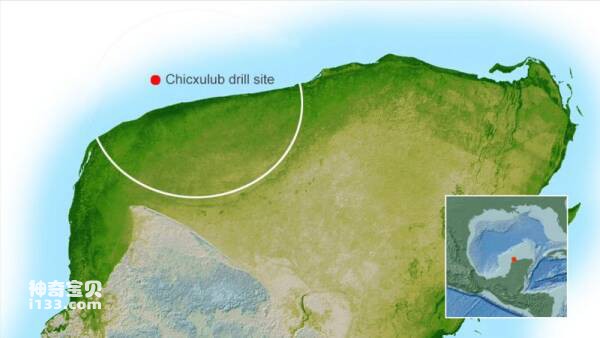
The outer rim of the Chicxulub crater (white arc) beneath the Yucatan Peninsula in Mexico
A huge meteorite, 12 kilometers in diameter, hit the earth and created a 30 kilometers deep and 100 kilometers wide
Subsequently, the bottom of the crater collapsed, its diameter expanded to 200 kilometers, and its depth increased by several kilometers.
Today, much of the crater lies on the continental shelf and is covered by 600 meters of sediment.
On the mainlandThe portion of the crater above ground is covered with limestone and is bordered by a series of sinkholes arranged in an arc.
Scientists have begun drilling in the area in recent years to study the structure of the crater
mexican sinkhole
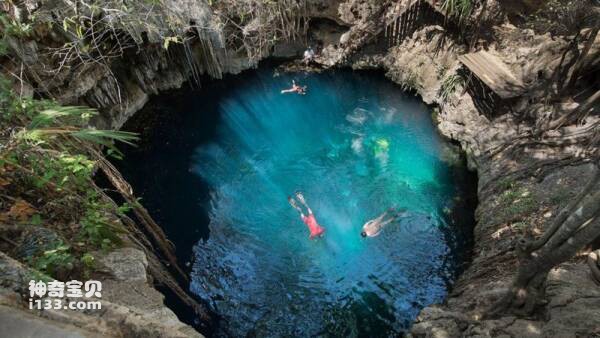
The famous sinkhole in Mexico is a meteorite impact crater covered with limestone.
animal tags:
We created this article in conjunction with AI technology, then made sure it was fact-checked and edited by a Animals Top editor.